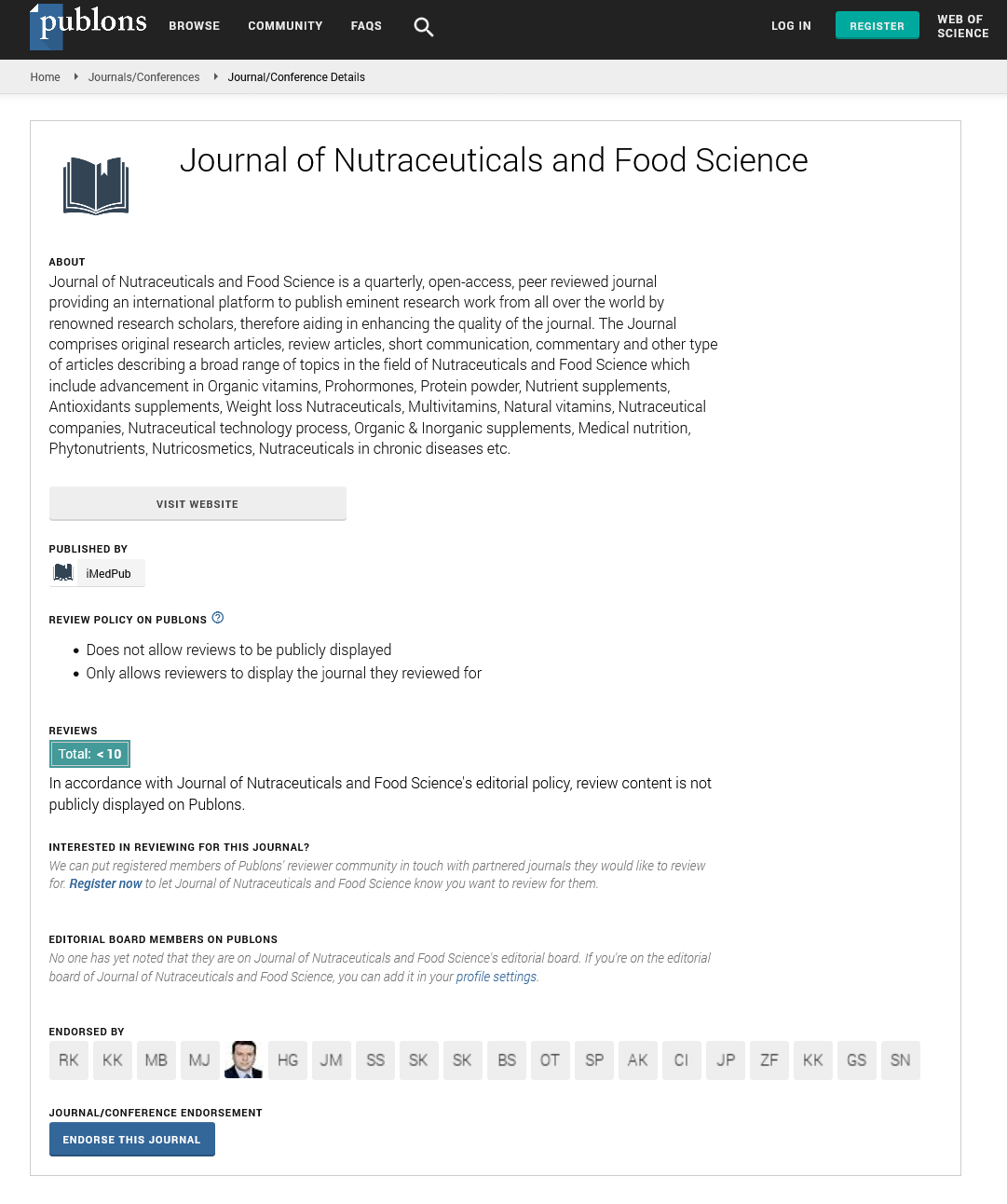Abstract
Gelation Plant-based edible coating with antioxidant properties to improve the postharvest in fruit
Losses of fruit quality are frequent during post-harvest mainly due to the fact that biological activities in fruits continue after harvest and lead to water loss, solutes and gaseous exchange through respiration and transpiration. This contributes significantly to have mass loss, fruit shrinkage, poor eating quality and short shelf life, which are the critical factors determining the competitiveness of the market. Application of coatings immediately after harvesting is a technique that has been successful for different reasons (decrease water loss, increase antimicrobial properties and delaying senescence). Among the different applications of coating, the edible coatings based on plant extracts are the latest trends proposed for conservation and improvement of production quality on horticultural. Maqui plant (Aristotelia chilensis), is a native purple-black berry distributed in Chile and Argentina. The fruit contain a rich variety of anthocyanins and their leaves are rich in polyphenols as well. The aim of this study was to develop a coating based on maqui leaf extracts and its evaluation on fruit nutritional and quality responses during the postharvest. To carry out this work, two of the main fruit that are exported from Chile were chosen, sweet cherry and blueberry. Different coatings were developed with alginate and combining alginate with maqui leaves extracts, and also with ascorbic acid. Untreated fruit was set in the assay as control. The coated fruits were maintained at 2ºC for 24 days. The firmness, total polyphenols, total anthocyanins and antioxidant activity was monitoring until the end of the assay. In the case of these fruits, the content of polyphenols, anthocyanins and firmness was always greater with the coating, standing out when the alginate contained extract of maqui leaves or ascorbic acid. These preliminary results are promising for the development of the plant-based coatings to be used in postharvest.
Author(s):
Maria Dolores Lopez Belchi
Abstract | Full-Text | PDF
Share this

Google scholar citation report
Citations : 393
Journal of Nutraceuticals and Food Science received 393 citations as per google scholar report
Journal of Nutraceuticals and Food Science peer review process verified at publons
Abstracted/Indexed in
- Google Scholar
- Publons
- Secret Search Engine Labs
Open Access Journals
- Aquaculture & Veterinary Science
- Chemistry & Chemical Sciences
- Clinical Sciences
- Engineering
- General Science
- Genetics & Molecular Biology
- Health Care & Nursing
- Immunology & Microbiology
- Materials Science
- Mathematics & Physics
- Medical Sciences
- Neurology & Psychiatry
- Oncology & Cancer Science
- Pharmaceutical Sciences


